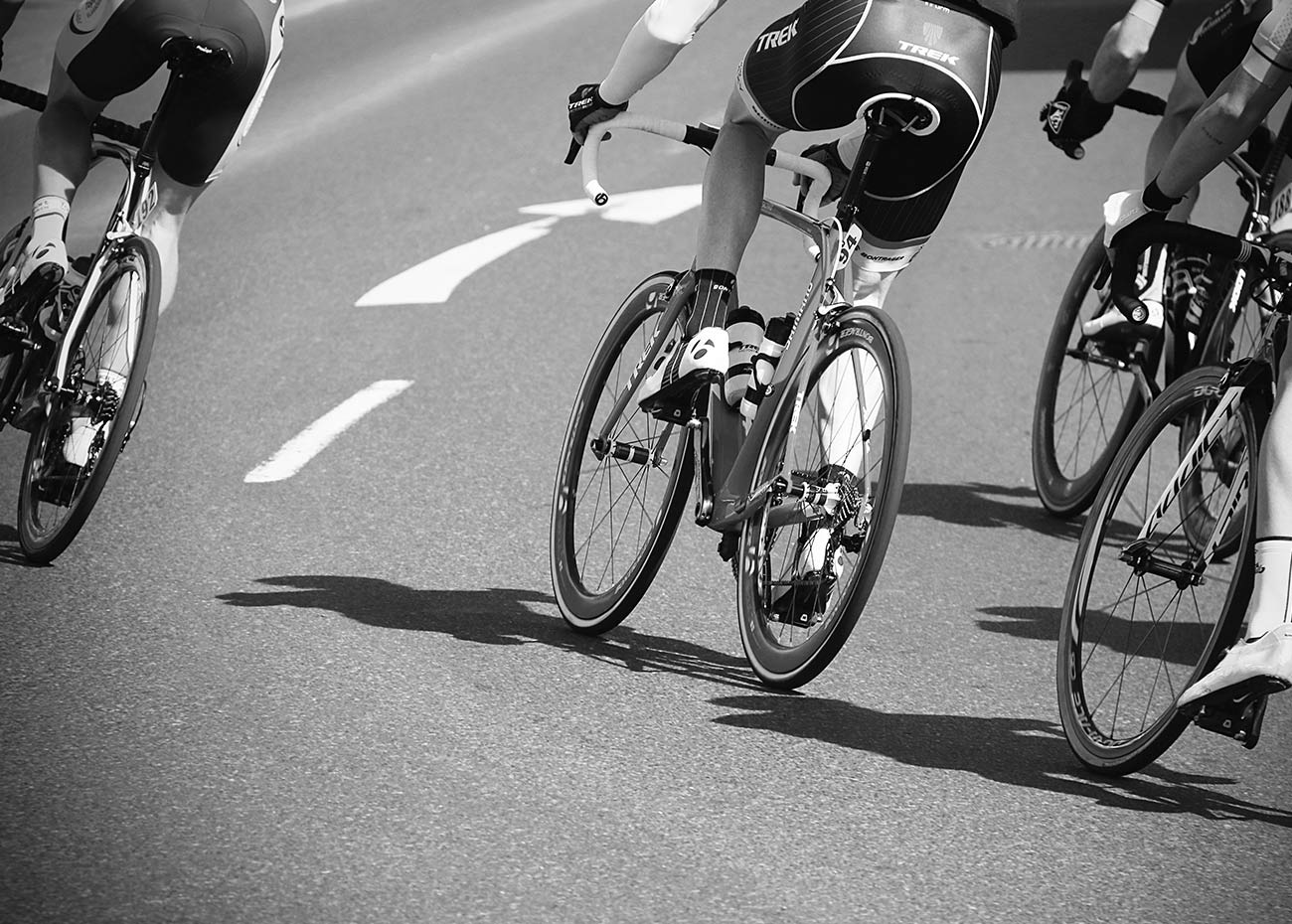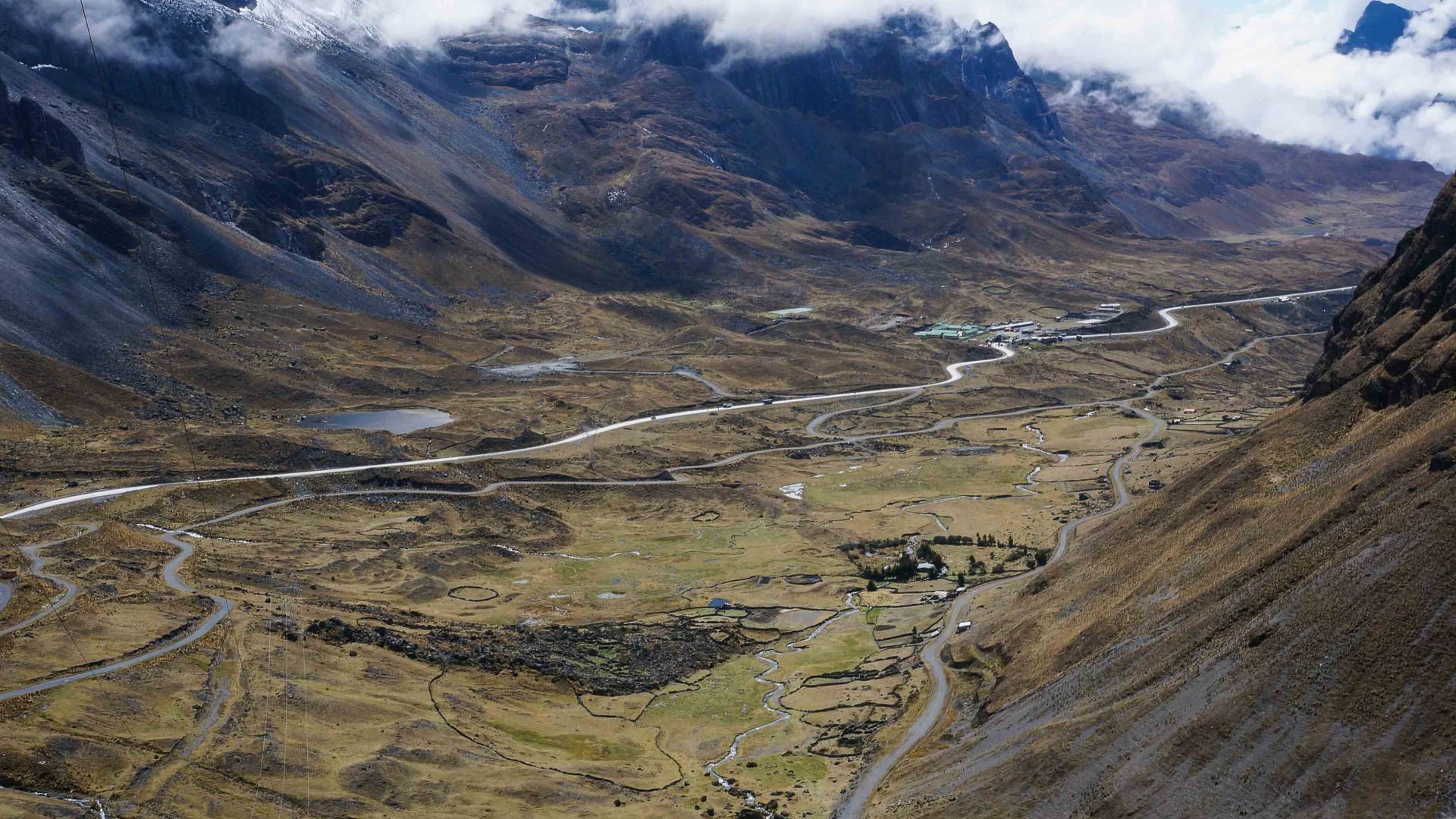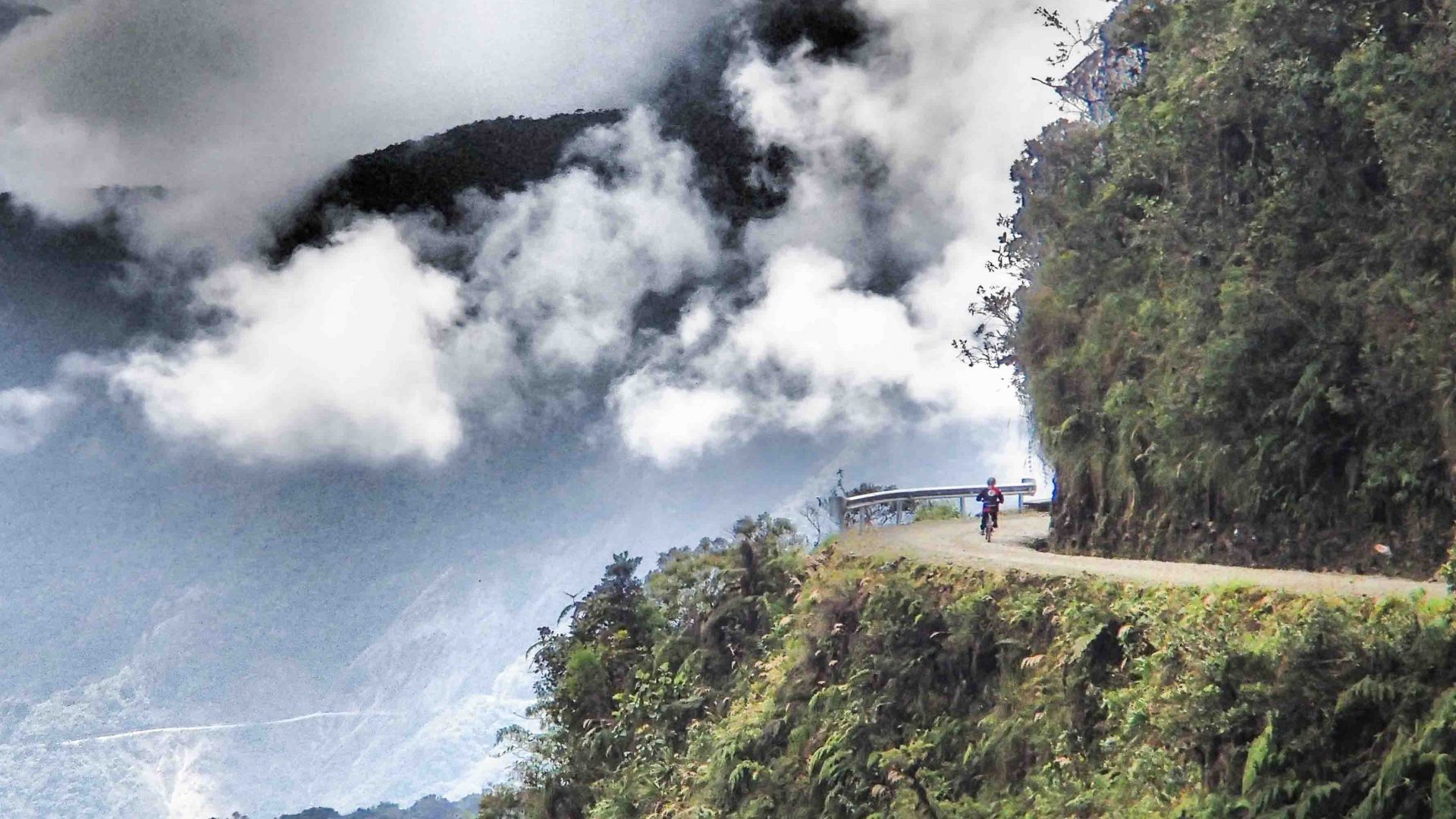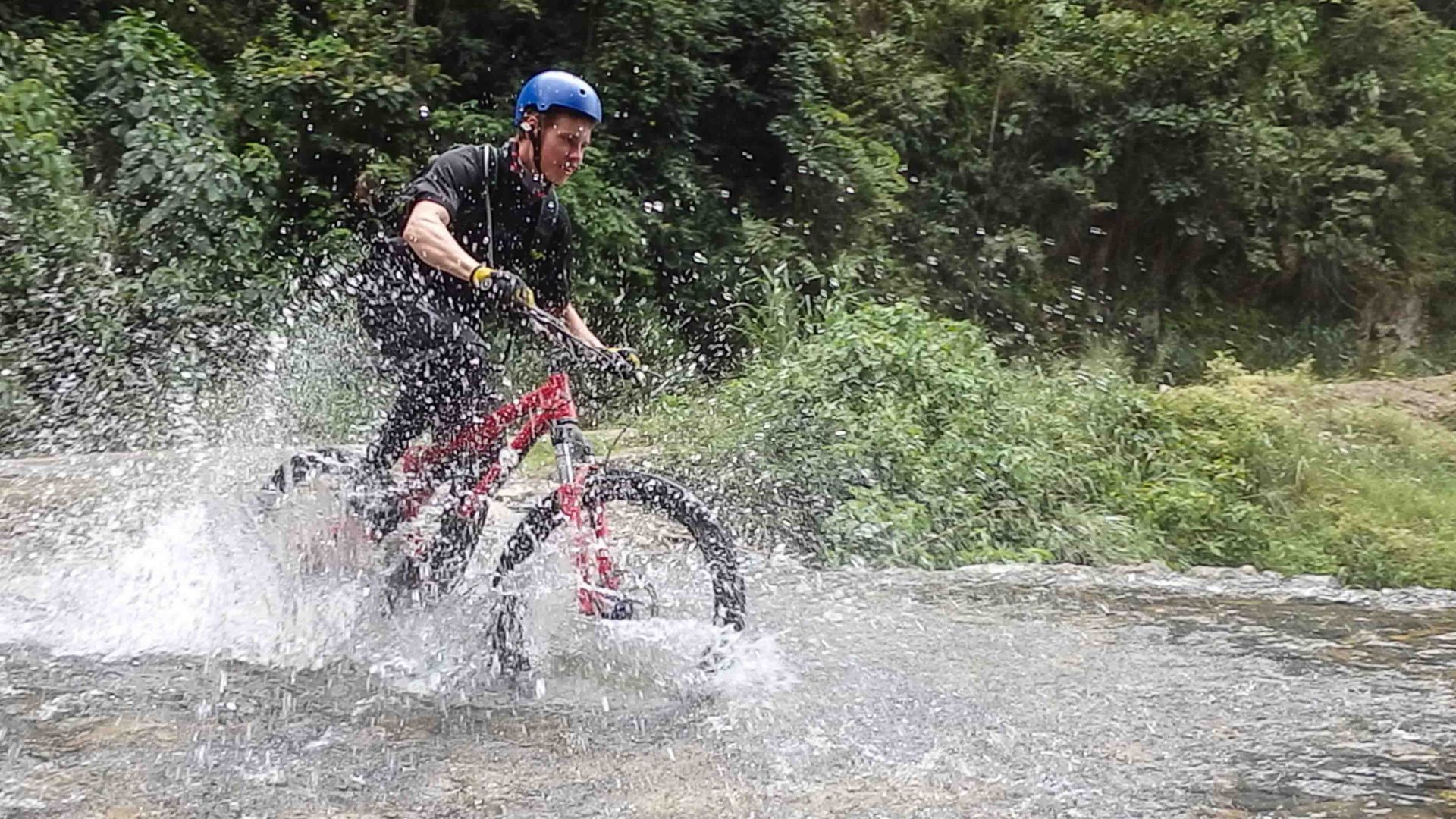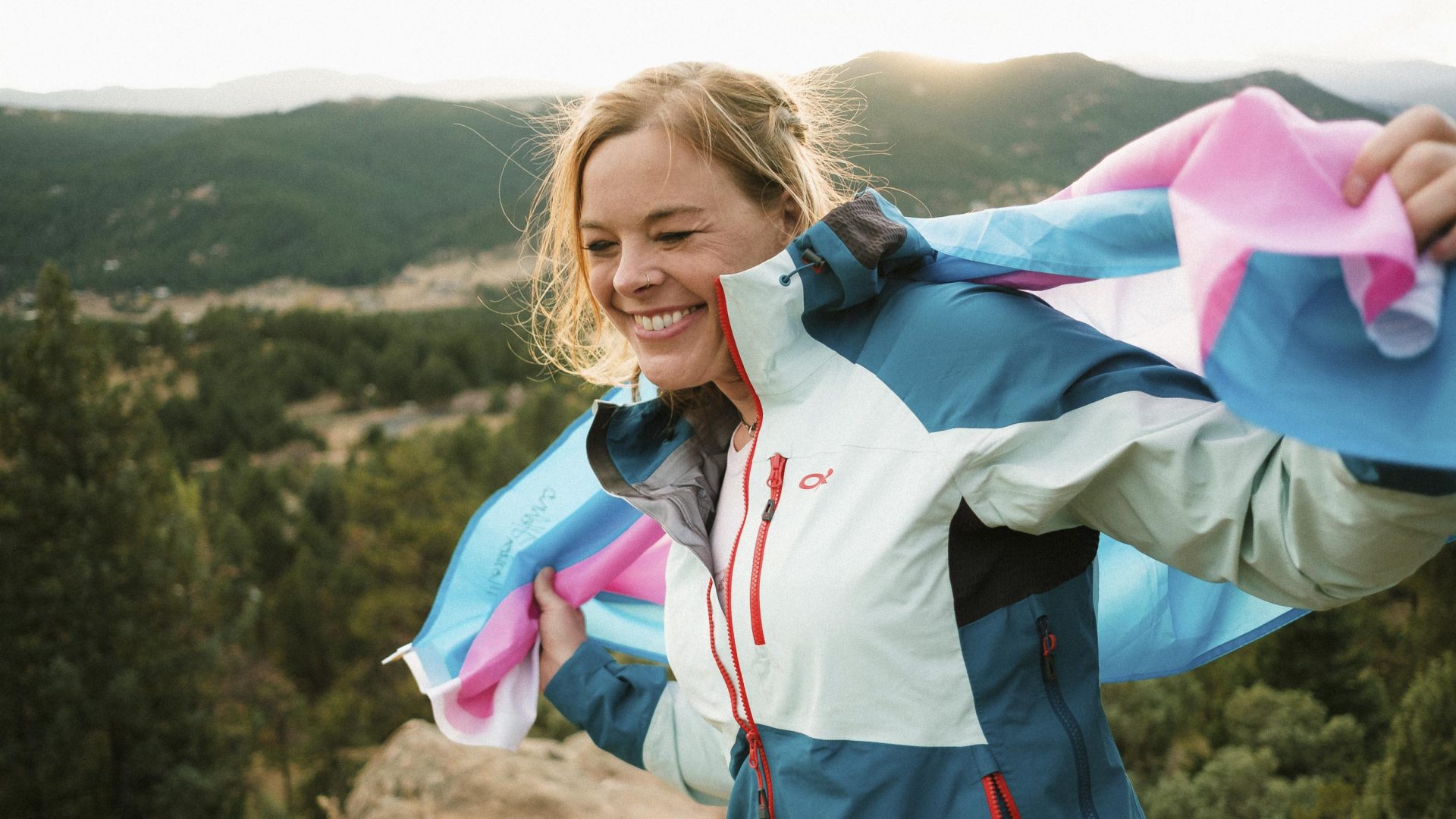Conquering the world’s most dangerous road (on a mountain bike)
In every bar, there’s at least one adventurer in an “I Survived Death Road” T-shirt, explaining how they’d hurtled down a mist-covered mountain track on two wheels, a few feet away from a deep abyss.
“Hundreds of people die on the road every year!” they tell you.
Incredibly, it’s almost true: The narrow, cliff-hugging Yungas Road, from the mountains near La Paz to the Amazonian rainforest, really did use to claim more than 300 lives a year. Its reputation stretches as far back as 1937 when boy reporter Tintin jumped clear at the last moment after his car plunged over the road’s edge in Tintin and the Broken Ear. And the legend only grew when the Inter-American Development Bank called it ‘the world’s most dangerous road’ in a 1995 report.
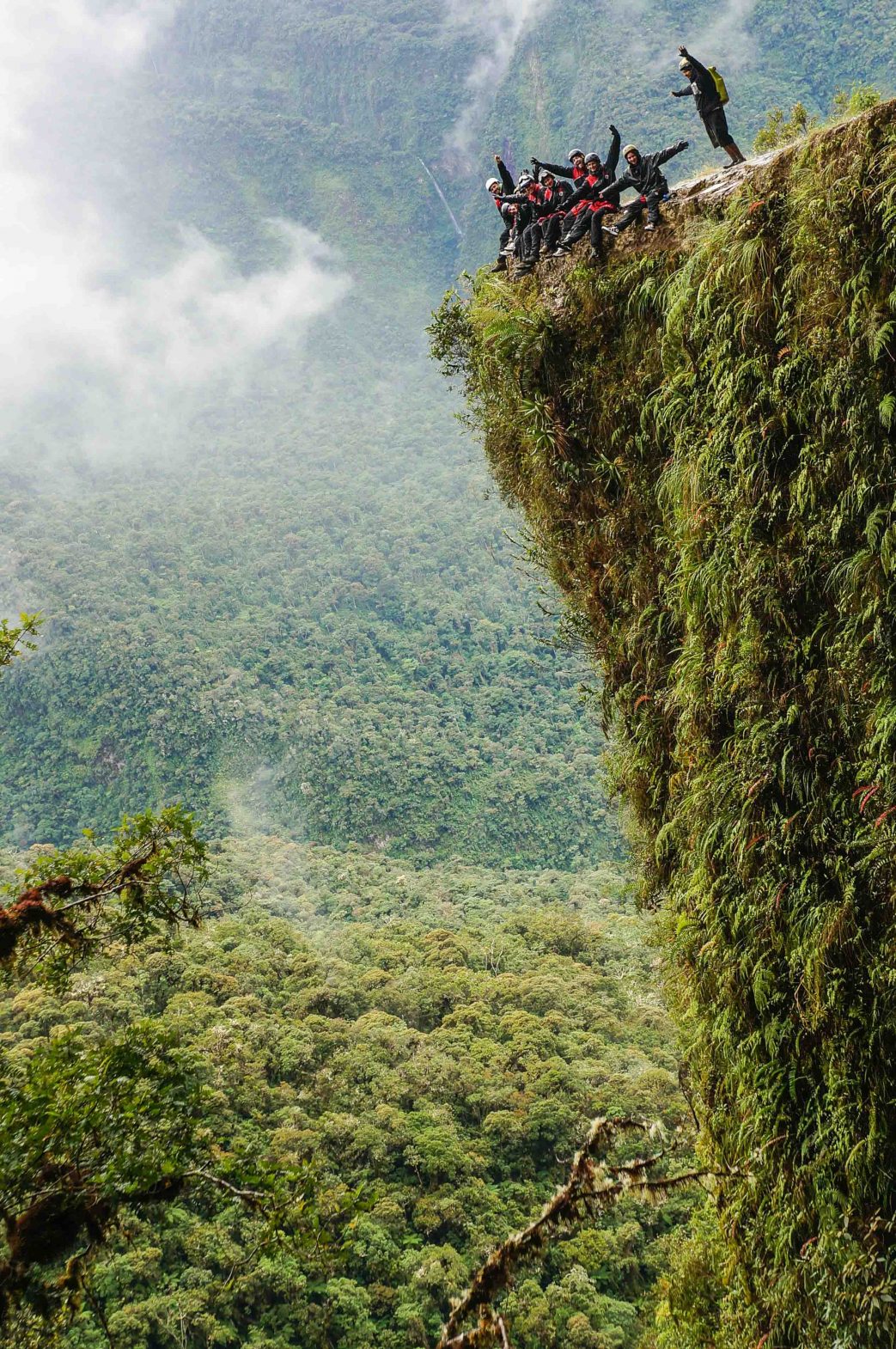
Signing up to ride Death Road is an experience itself, with most operators based around the city’s Witches Market where Aymara witch doctors (known locally as satire) sell potions and aphrodisiacs here, with ‘lucky’ (and unsettling) dried llama fetuses proudly displayed above the stall entrances.
An early morning van trip takes us to the freezing high plains of La Cumbre at 15,400 feet—equivalent to halfway up Mount Everest—which is surrounded by even higher snowcapped peaks. Our group of 10—a guide at the back and at the front—begins a 12-mile warm-up ride along the shiny new road with its fancy guard rails and asphalt. It’s so steep, that we’re overtaking trucks.
Official figures are hard to come by, but at least a couple of dozen tourists have been killed cycling here. The stories have become legend.
Five guides have been killed, including one in October 2014, taking photos as a tractor passed. Momentarily distracted, he lost his footing and fell. “It took a while for that to sink in,” Murillo says. “This guy had more experience than I do now, and he slipped.”
A support van went over in March this year. The driver had pulled over to let a group of cyclists pass, but when he tried to pull back out his left wheel went over the edge, pulling the van backward and killing the driver. You can still see the wreck.
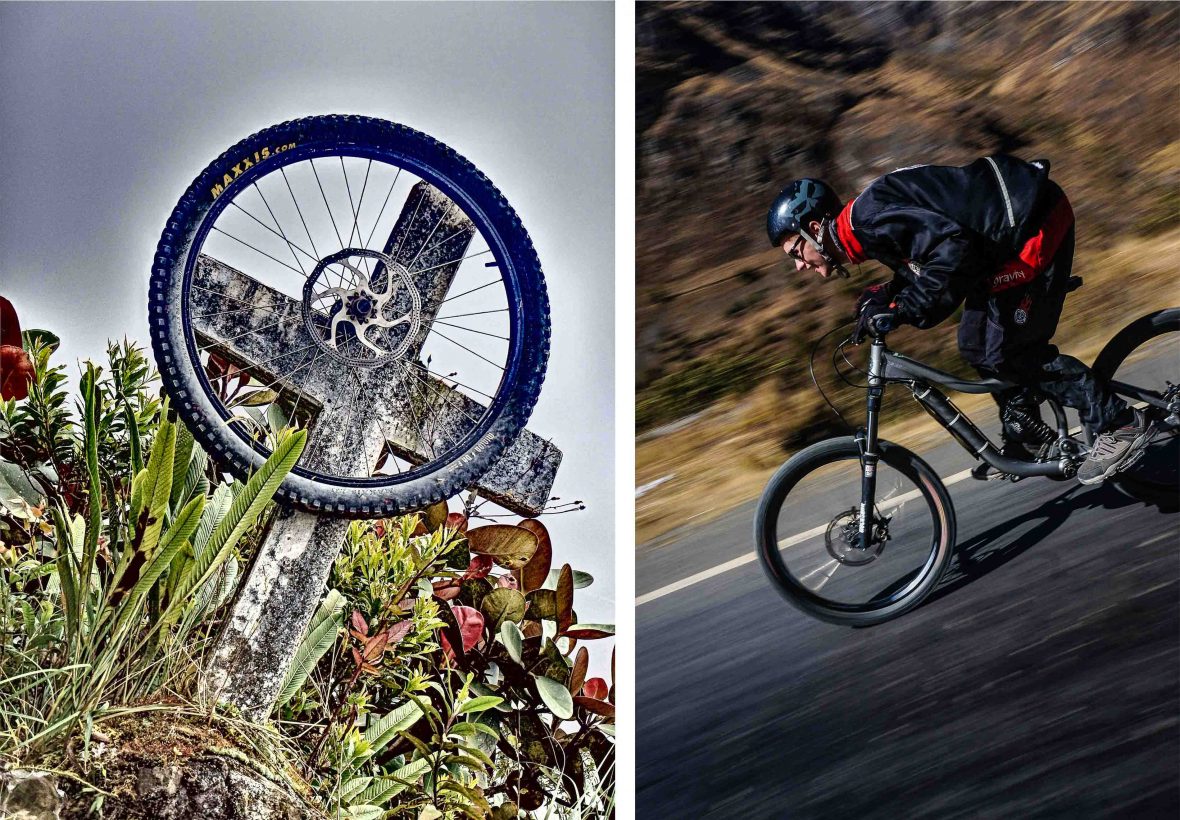
We come across an accident. A French tourist has ridden off the edge and the guides are hauling him back up with ropes attached to the support van.
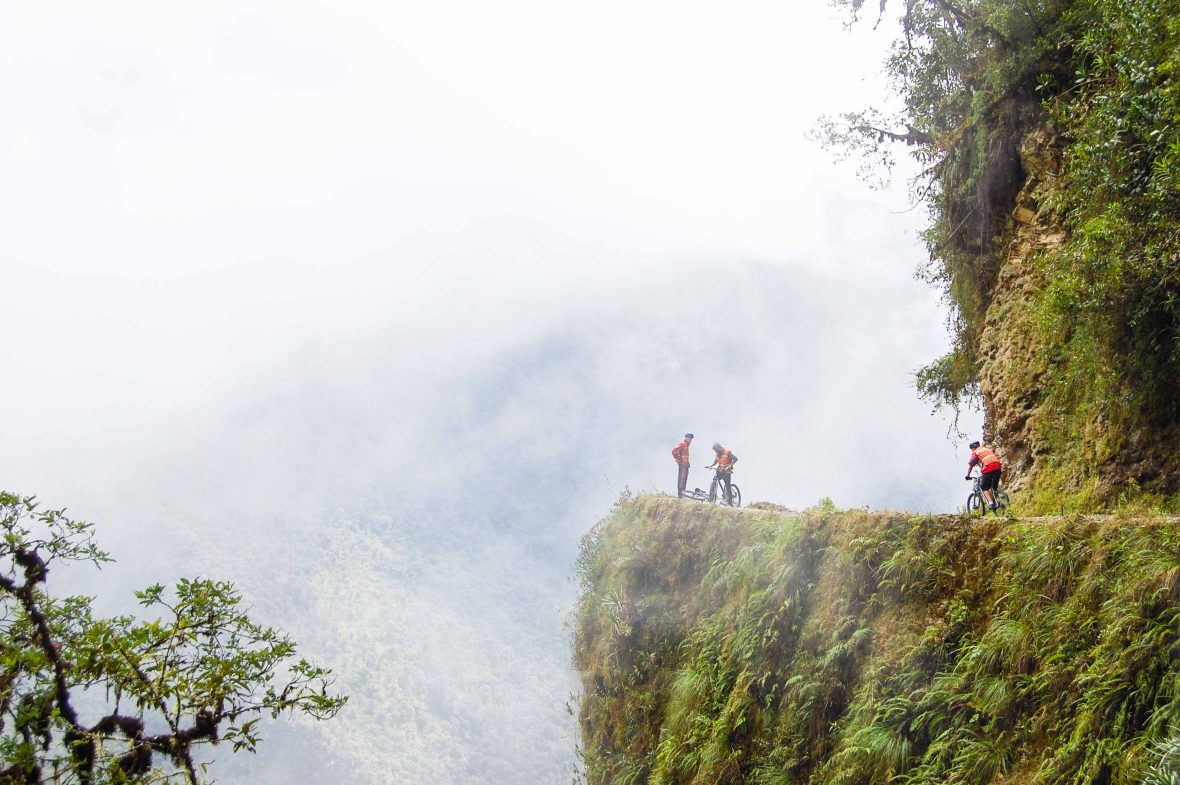
The rainforest is at 3,600 feet—the lowest point I’ve experienced in three weeks —and the oxygen suddenly flooding my brain makes me feel super-human. We celebrate the ride with lunch and toast the lucky Frenchman.
“It’s about doing something a little risky, a little dangerous—but super fun,” explains Murillo. “People want to conquer Death Road.”
Back in La Paz, our guide hands out “I Survived Death Road” T-shirts. Wearing it the next night, I realize I’ve become ‘That Guy, telling newcomers my exciting tales of hurtling down a mist-covered mountain on a bike—a trip so dangerous it kills “hundreds of people a year…”
Author: Andrew FentonAndrew Fenton is an Australian freelance journalist and travel writer. He’s been a national entertainment writer for News Corp, film journalist for The Advertiser and a staff writer on SA Weekend and The Melbourne Weekly.


